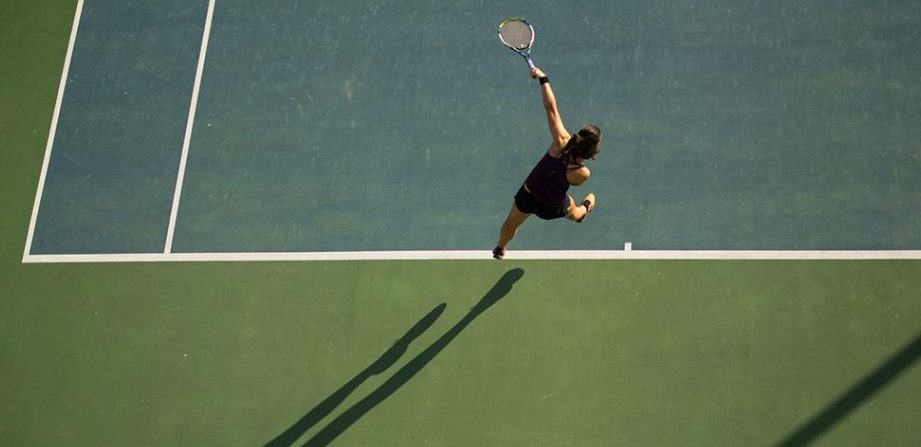Tennis is a widely loved sport with a rich history and a set of fundamental rules that guide its play. Whether you’re a beginner looking to understand the game or a player seeking to refresh your knowledge, grasping these basic rules is essential. Here’s a detailed overview of the fundamental rules of tennis.
The Objective of the Game
Tennis is played between two players (singles) or two teams of two players each (doubles). The primary objective is to hit the ball over the net and into the opponent’s side of the court in such a way that they cannot return it successfully. Points are scored when the opponent fails to return the ball within the boundaries of the court.
Scoring System
The scoring in tennis is unique and can be a bit confusing at first. Here’s a breakdown:
- Points: The game starts with a score of 0-0. Points are scored as 15, 30, 40, and then game point. If both players reach 40, this is called a deuce. From deuce, a player must win two consecutive points to win the game—first to gain an advantage and then the game point.
- Games: To win a game, a player must score four points and be ahead by at least two points.
- Sets: A set consists of a number of games, usually six, but a player must win by at least two games. If the score reaches 5-5, a player must win 7-5 or a tiebreaker might be played if the score reaches 6-6.
- Match: A match is typically played in a best-of-three or best-of-five sets format. The player or team that wins the majority of the sets wins the match.
Serving Rules
The serve is a crucial aspect of tennis and follows specific rules:
- Starting the Serve: The server must stand behind the baseline and between the center mark and the sideline. They serve diagonally into the opponent’s service box.
- Serve Rotation: In doubles, each player serves from alternate sides. In singles, the server continues serving until they lose the game.
- Faults: If the serve fails to land in the correct service box or if the server steps over the baseline before hitting the ball, it’s called a fault. Two consecutive faults result in a double fault, giving the opponent a point.
Court Layout and Boundaries
Understanding the court layout is crucial:
- Court Dimensions: The tennis court is 78 feet long and 27 feet wide for singles play, and 36 feet wide for doubles play. The net is 3 feet 6 inches high at the posts and 3 feet high at the center.
- Service Boxes: The court is divided into two service boxes on each side of the net, one on the left and one on the right.
- Lines: The baseline is the line at the back of the court. The sidelines mark the court’s width for singles and doubles play. The center service line divides the service boxes.
Let and Out Calls
Knowing how to handle let and out calls is important for fair play:
- Let Serve: If the serve hits the net but still lands in the correct service box, it’s called a let serve. The server is allowed to serve again without penalty.
- Out Ball: If the ball lands outside the court’s boundary lines, it is considered out. Players must ensure the ball lands within the lines to score points.
Faults and Double Faults
Understanding faults and double faults helps in managing serves:
- Faults: A fault occurs if the server does not hit the ball into the correct service box or if they commit a foot fault by stepping over the baseline before hitting the ball.
- Double Fault: Two consecutive faults result in a double fault, which results in the loss of the point.
Rally and Shot Execution
The rally is the exchange of shots between players and follows these basic rules:
- Ball in Play: Players must hit the ball before it bounces twice on their side of the court. The ball must also land within the opponent’s side of the court.
- Shot Execution: Players can use a variety of shots including forehands, backhands, volleys, and serves. The aim is to make the ball difficult for the opponent to return.
Understanding the fundamental rules of tennis enhances both enjoyment and performance in the game. Whether you’re serving, rallying, or scoring points, knowing these basic rules will help you navigate the game with confidence. Keep practicing, and you’ll see your tennis skills improve as you become more familiar with these essential rules.

